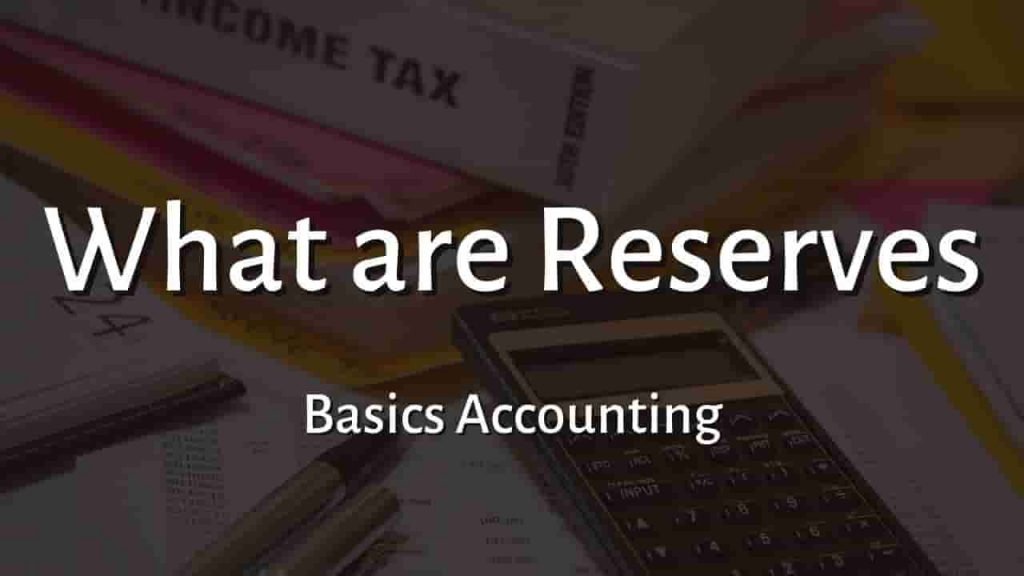Operating Cash Flow (OCF)
The cash generated by a company’s normal operations is referred to as its operating cash flow (OCF). Operating cash flow is a component of a company’s cash flow statement, which includes sections for all of the company’s cash flows, including cash flows from operating, investing, and financing activities.
Operating cash flow is an important metric for assessing the health of a company’s fundamental operations. To stay solvent in the long run, a company must have a positive operating cash flow.
A negative operating cash flow indicates that the firm must borrow (finance activity) or raise extra capital (investment activity) in order to satisfy its financial commitments.
Why Is Operating Cash Flow Important?
It is vital to generate enough cash flow to sustain normal operations. Operating cash flow is a measure of how successfully a company can create cash balances to meet its costs. If the company does not generate enough operating cash flow, it may not be a going concern.
That is not to argue that negative operational cash flow is a bad thing; rather, it indicates that an external source of cash is needed, either through outside investment in the organization or through borrowing. This is why it appears on the statement of cash flows alongside cash flow from investment and borrowing.
The entire picture offered on the statement of cash flows assists FP&A analysts in determining how sustainable the firm is, how liquid its operations are, and whether or not its current activities are being carried out in an ineffective manner.
Understanding operating cash flow is critical because it provides a clear indication of how well the organization can create adequate profit. It represents the amount of extra income that the company is capable of producing. This data is then utilized by decision-makers to decide if the company has enough resources to develop on its own or whether it needs to seek outside funding to continue growing.
Operating cash flow measures are commonly used by analysts because they assist to eliminate the noise caused by accounting standards and processes. It offers a clear picture of how successfully the company can convert net income to cash.
How to Calculate Operating Cash Flows
Because various firms will not always have the same things on their balance sheet, the method that businesses use to calculate operating cash flow is likely to vary. However, in general, the operating cash flow may be calculated using the following formula:
Operating Cash Flows Formula:
Operating Cash Flow = Net Income + Non-Cash Items + Changes in Working Capital
Methods to Calculate Operating Cash Flow
The indirect approach and the direct method are the two basic ways of calculating operating cash flow. Both are adequate, but financial analysts prefer the indirect technique when access to transactional data is limited. Understanding the two approaches can assist you in determining the optimal option for your needs.
Direct Method
When a firm records its transactions on a cash basis, the direct approach can be employed. While this is not usually the case, certain firms do disclose their financials on a cash basis. All transactions are documented using actual cash in and out in this method.
Because transactions are recorded based on their cash value, the figures presented in the income statement are accurate representations of real cash revenues and payments.
This greatly simplifies and speeds up the process of interpreting the data and relating it to the income statement.
However, most firms prefer to report on an accrual basis, and publicly listed corporations are often obligated to do so. The indirect technique should be utilized in these circumstances.
The formula for calculating operating cash flow (OCF) using the direct approach is: operating cash flow = total revenue – operating expenditure.
The direct method necessitates that a corporation analyzes all cash amounts given and received. The things will differ from one company to the next. Cash from clients, cash paid to workers, suppliers, or cash paid for interest is all examples of cash items to evaluate.
Indirect Method
The indirect approach is the most often used technique of describing operating cash flow. This is accomplished by revising the accrual basis net income for the period to reflect the operating cash flow for the period.
Revenue and costs are recorded in the period in which they occur under the accrual method of accounting, which results in revenue and expenses being recorded in periods that do not always correspond with cash receipts and payments.
The first figure on the statement of cash flows is net income from the income statement. The adjustments required to reconcile net income to operating cash flows are then made.
Net income is often adjusted for depreciation and amortization, asset impairment expenditures, changes in working capital, changes in cash provisions, interest, and taxes.
There are two formulas for calculating OCF using the indirect method, and the formula used is determined by the information available.
Formula 1:
Operating Cash Flow = changes in working capital + funds from operations, where funds from operations = net income + deferred taxes, investment tax credit + depreciation, depletion, and amortization + other funds.
Formula 2:
Operating cash flow = net income + depreciation, depletion, and amortization + net income adjustments + changes in liabilities + changes in inventory + changes in accounts receivables + changes in other operating activities
Operating Cash Flow Example
Examine the figures in the table below to calculate the operating cash flow for a fictional company, ABC Corporation, at the conclusion of its fiscal year.
| Particular | Amount |
| Net income | $59.53 billion |
| Depreciation, depletion, and amortization | $10.9 billion |
| Deferred taxes and investment tax credit | -$32.59 billion |
| Other funds | $4.9 billion |
| Net change in working capital | $34.69 billion |
| Adjustments to net Income | -$27.694 billion |
| Changes In accounts receivables | -$5.322 billion |
| Changes In liabilities | $9.131 billion |
| Changes In inventories | $.828 billion |
| Changes In other operating activities | $30.057 billion |
It is important to examine the OCF calculation for ABC Corporation using both indirect method calculations.
Operating Cash Flow = Net income + deferred taxes, investment tax credit + depreciation, depletion, and amortization + other funds.
Operating Cash Flow = $59.53 billion – $32.59 billion + $10.9 billion + $4.9 billion
Operating Cash Flow = 42.74
The net change in working capital ($34.69 billion) is then added to the funds from operations ($42.74 billion) to determine ABC Corporation’s cash flow from operating activities ($77.43 billion).
For computing Operating Cash Flow, we now use the second indirect Method formula.
Operating Cash Flow = net income + depreciation, depletion, and amortization + net income adjustments + changes in liabilities + changes in inventory + changes in accounts receivables + changes in other operating activities
Operating Cash Flow = $59.53 billion + $10.9 billion – $27.694 billion + $9.131 billion – $5.322 billion + 0.828 billion + $30.057 billion
Operating Cash Flow = 77.43 billion
Operating Cash Flow Vs. Free Cash Flow
Now that you have a better understanding of these financial performance measurements, let’s compare operating cash flow to free cash flow. The main distinction between the two metrics is that free cash flow and operating cash flow are measures of different things.
Whereas the operating cash flow ratio is primarily concerned with the quantity of cash created by your company’s core operating activities, free cash flow examines how effectively cash is generated from those core operations.
For example, An operating cash flow assessment may show that your company has a capital stockpile from key business operations.
However, when looking at the firm’s free cash flow, cash outlays may disclose that the company has really taken on a significant amount of debt and, as a result, isn’t in such a good financial situation.
When combined, both measures should provide you with a thorough picture of your company’s financial health.
For more click here and if you are looking for full forms of different acronyms and words then check out this list you really gonna find this helpful. We also have an Essay on every topic, Check the complete list here. If you are Studying in Matric Free Video Lectures of Maths, Physics and English are here, and we have got you covered for I.COM Business Maths also.







